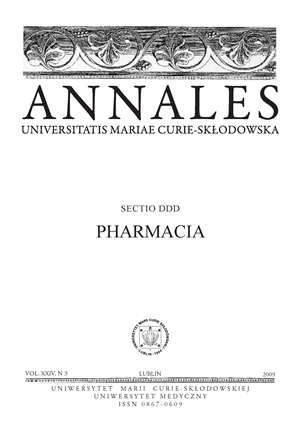Choosing the most appropriate drug regarding pathogeneticfeatures of type 2 diabetes
Abstract
A randomized, active controlled, cross-over study was performed in 56 overweight patients with inadequate glycaemia to explore the effects of each 3 months’ treatment with pioglitazone, metformin and glimepiride. These findings indicate that even if glucose levels are normalised, other pathophysiological processes like insulin resistance, dislipidemia and inflammation still are present. Choosing the most appropriate drug according to such challenges is the current problem.
References
1. Ashcrof t F. M., Gribble F. M.: Sulfonilurea stimulation of insulin secretion: lessons from studies of cloned channels. J. Diabetes Compl., 12, 2182, 2000.
2. Auwerx J.: PPARγ, the ultimate thrifty gene. Diabetologia, 42, 1033, 1999.
3. Bailey C. J.: Treating insulin resistance in type 2 diabetes with metformin and thiazolidinediones. Diabetes, Obesity & Metabolism, 7, 6, 675, 2005.
4. Czyzyk A.: Are biguanide oral agents still useful? World Book of Diabetes in Practice, 2, 80, 1986.
5. Kennedy J. W. et al.: Acute exercise induces GLUT4 translocation in skeletal muscle of normal human subjects and subjects with type 2 diabetes. Diabetes, 48, 1192, 1999.
6. Sattar N.: Predicting type 2 diabetes: a role for novel parameters or simple prediction models? Clinical Laboratory, 29, 2, 7, 2005.
7. Singhal A. et al.: Adiponectin predicts insulin resistance but not endothelial function in young, healthy adolescents. Journal of Clinical Endocrinology & Metabolism, 90, 8, 4615, 2005.
Downloads
Published
Issue
Section
License
Copyright (c) 2009 Authors

This work is licensed under a Creative Commons Attribution-NonCommercial-NoDerivatives 3.0 Unported License.


